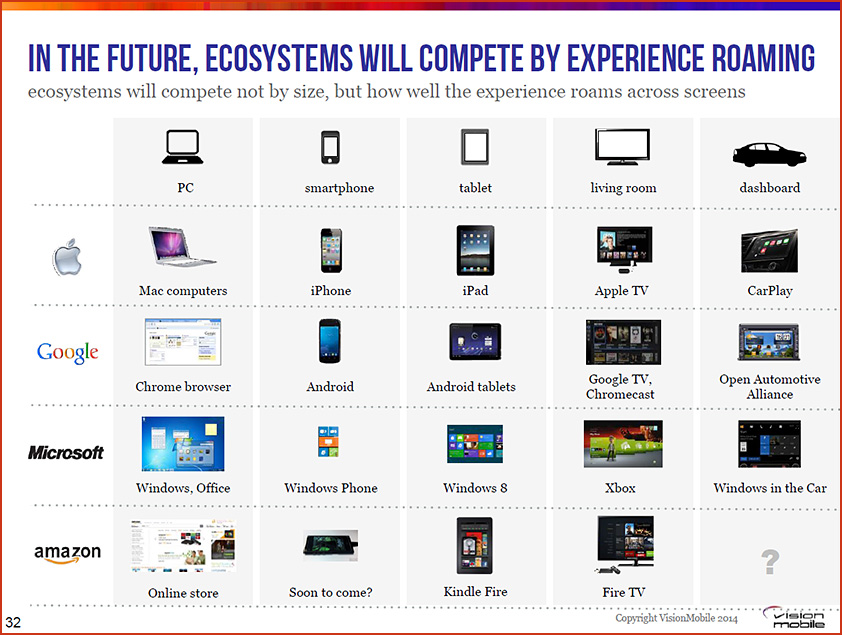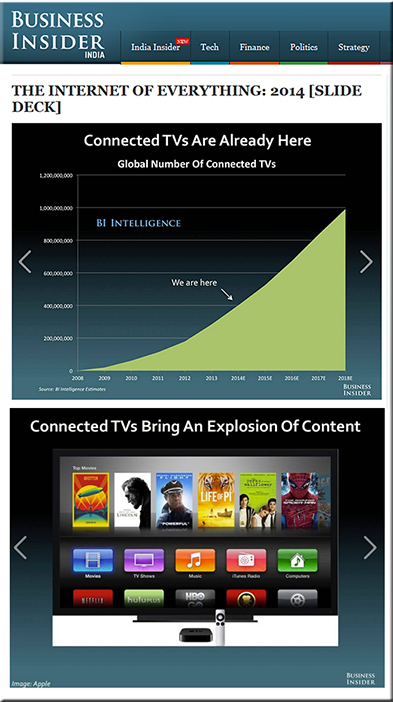Bye bye second screen? The InAIR lets you browse the web and watch TV all in one place — from techcrunch.com by Colleen Taylor (@loyalelectron)
Excerpt:
Nowadays, many people browse the web at the same time that they’re watching TV — the phenomenon is called the “second screen.” But a new gadget called InAIR from a startup called SeeSpace wants to bring our attention back to just one screen by putting the best of the laptop, the smart phone, and the TV all together in one place.
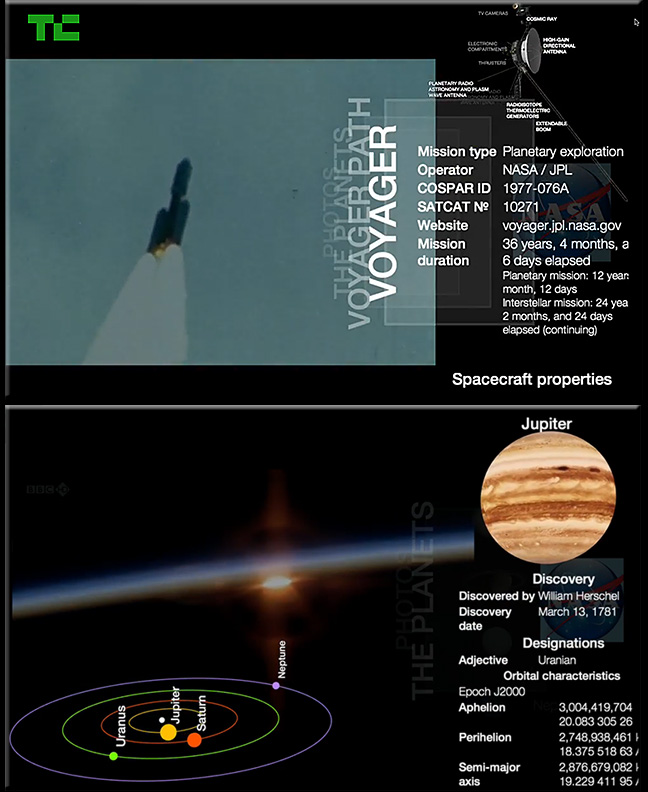
From DSC:
I like what Nam Do, the CEO of InAir is saying about one’s attention and how it’s divided when you are using a second screen. That is, when you are trying to process some information from the large screen and some information from the smaller/more mobile screen on your lap or desk. You keep looking up…then looking down. Looking up…then looking down. By putting information in closer proximity in one’s visual channel, perhaps processing information will be more intuitive and less mentally taxing.
This fits with an app I saw yesterday called Spritz.
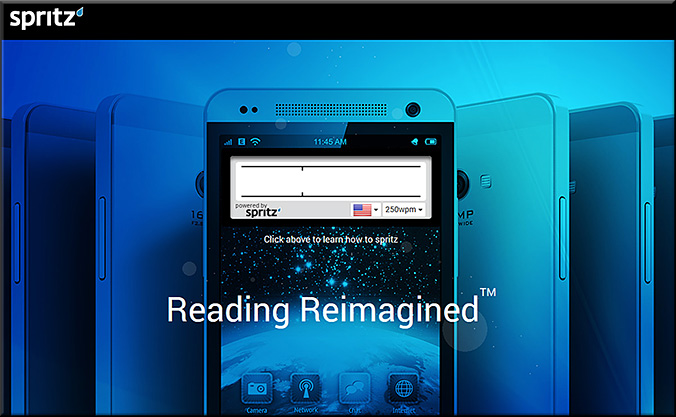
In this posting, it said:
To understand Spritz, you must understand Rapid Serial Visual Presentation (RSVP). RSVP is a common speed-reading technique used today. However, RSVP was originally developed for psychological experiments to measure human reactions to content being read. When RSVP was created, there wasn’t much digital content and most people didn’t have access to it anyway. The internet didn’t even exist yet. With traditional RSVP, words are displayed either left-aligned or centered. Figure 1 shows an example of a center-aligned RSVP, with a dashed line on the center axis.
When you read a word, your eyes naturally fixate at one point in that word, which visually triggers the brain to recognize the word and process its meaning. In Figure 1, the preferred fixation point (character) is indicated in red. In this figure, the Optimal Recognition Position (ORP) is different for each word. For example, the ORP is only in the middle of a 3-letter word. As the length of a word increases, the percentage that the ORP shifts to the left of center also increases. The longer the word, the farther to the left of center your eyes must move to locate the ORP.
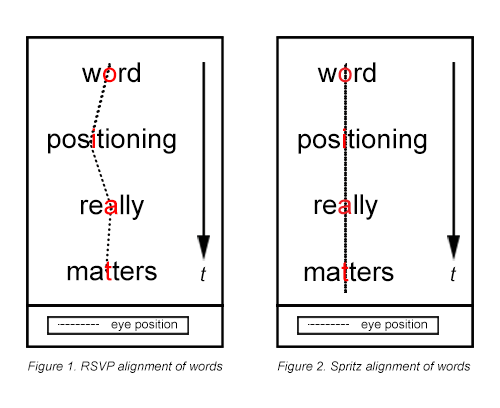
In the Science behind this app, it says (emphasis DSC):
Reading Basics
Traditional reading involves publishing text in lines and moving your eyes sequentially from word to word. For each word, the eye seeks a certain point within the word, which we call the “Optimal Recognition Point” or ORP. After your eyes find the ORP, your brain starts to process the meaning of the word that you’re viewing. With each new word, your eyes move, called a “saccade”, and then your eyes seek out the ORP for that word. Once the ORP is found, processing the word for meaning and context occurs and your eyes move to the next word. When your eyes encounter punctuation within and between sentences, your brain is prompted to assemble all of the words that you have read and processes them into a coherent thought.
When reading, only around 20% of your time is spent processing content. The remaining 80% is spent physically moving your eyes from word to word and scanning for the next ORP. With Spritz we help you get all that time back.
So, if the convergence of the television, the telephone, and the computer continues, I think Nam Do’s take on things might be very useful. If I were watching a lecture on the large screen for example, I could get some additional information in closer proximity to the professor. If the content I wanted to see was more closely aligned with each other, perhaps my mind could take in more things…more efficiently.
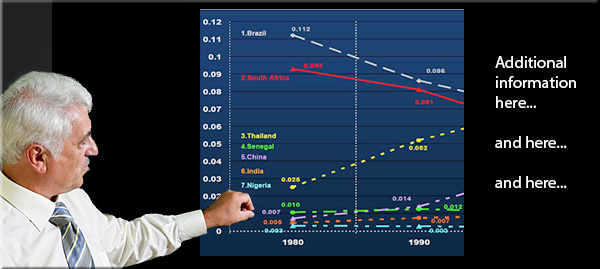
![The Living [Class] Room -- by Daniel Christian -- July 2012 -- a second device used in conjunction with a Smart/Connected TV](http://danielschristian.com/learning-ecosystems/wp-content/uploads/2012/07/The-Living-Class-Room-Daniel-S-Christian-July-2012.jpg)










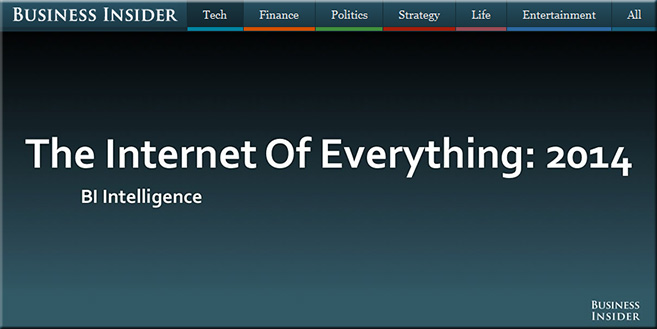
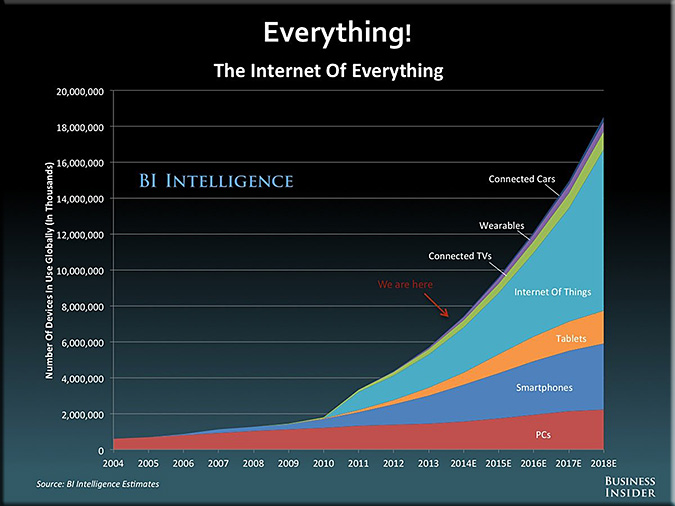
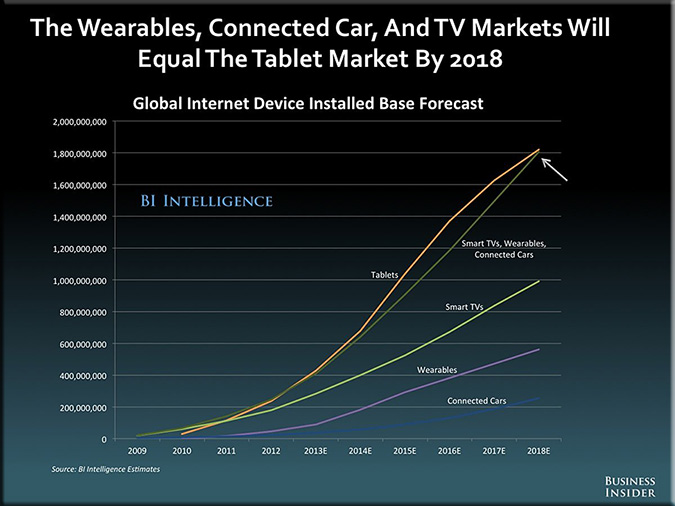
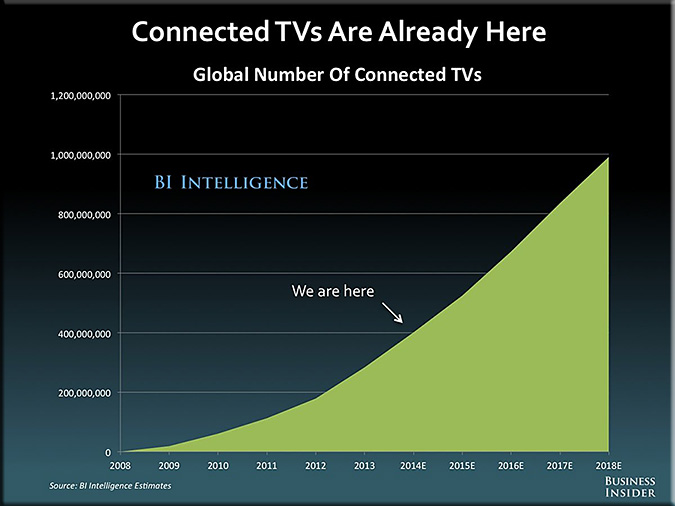
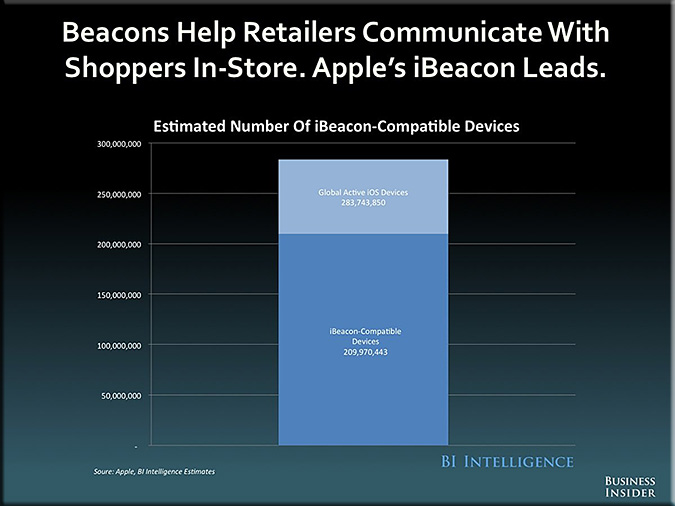
![The Living [Class] Room -- by Daniel Christian -- July 2012 -- a second device used in conjunction with a Smart/Connected TV](http://danielschristian.com/learning-ecosystems/wp-content/uploads/2012/07/The-Living-Class-Room-Daniel-S-Christian-July-2012.jpg)



